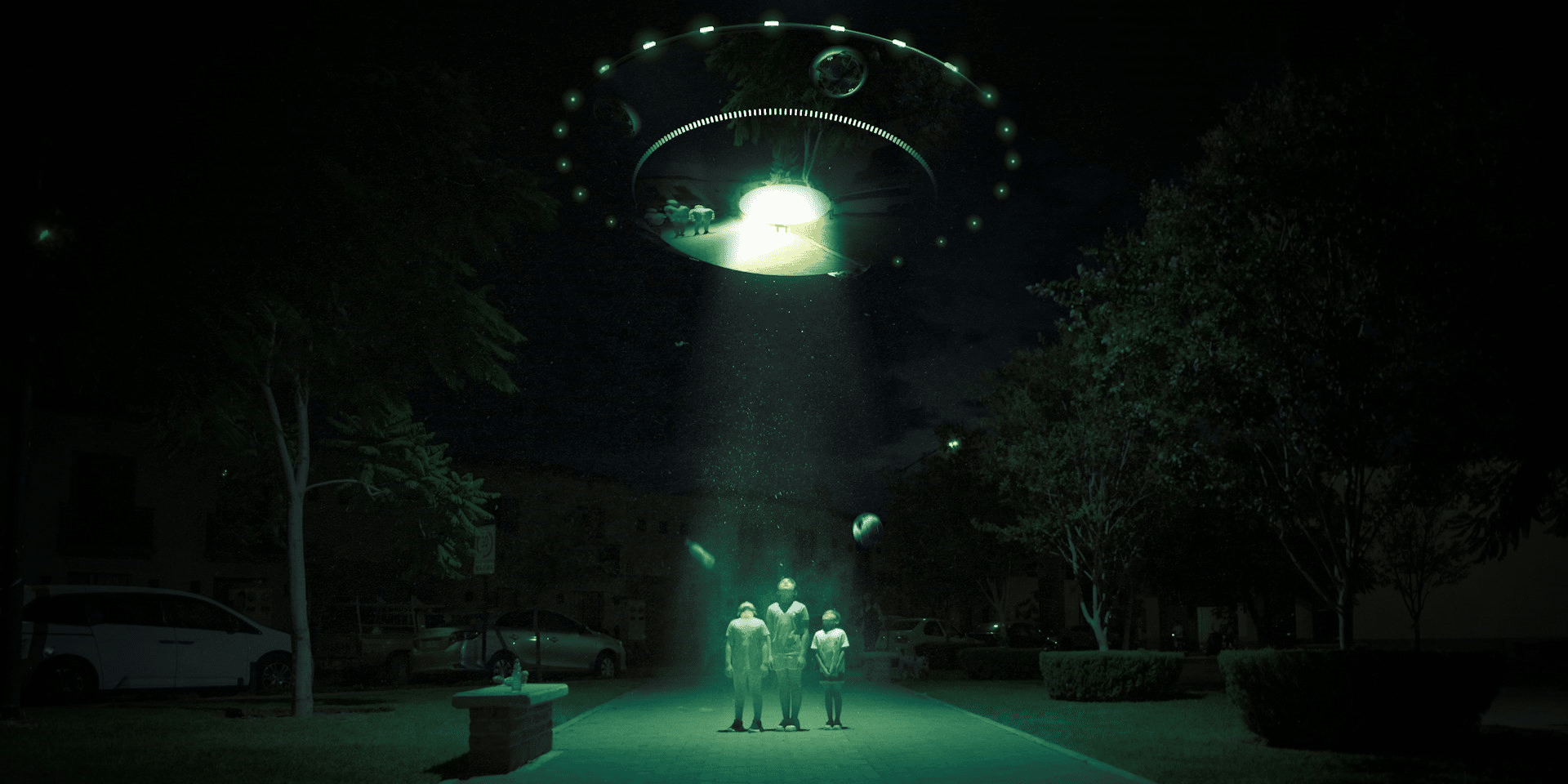UFO movies were a significant part of popular culture in the 1950s, capturing the imagination of audiences with tales of extraterrestrial visitors and intergalactic adventures. However, the prevalence of UFO movies has declined over the decades. This article explores the reasons behind this shift, examining cultural, technological, and industry factors that have influenced the genre’s evolution.
The Golden Age of UFO Movies
The 1950s was a time of significant change and uncertainty. The aftermath of World War II and the beginning of the Cold War fueled public interest in the unknown, including the possibility of extraterrestrial life. UFO sightings were frequently reported, and the concept of aliens visiting Earth captured the public’s imagination. Movies like “The Day the Earth Stood Still” (1951) and “War of the Worlds” (1953) tapped into these fears and curiosities, becoming iconic representations of the era’s fascination with UFOs.
During the 1950s, special effects technology was relatively rudimentary compared to today. Despite these limitations, filmmakers used innovative techniques to create convincing depictions of UFOs and alien beings. The novelty and creativity required to produce these effects added to the charm and appeal of UFO movies during this period.
Changing Cultural Context
As scientific understanding of space and the possibility of extraterrestrial life advanced, the portrayal of UFOs in movies began to change. The exploration of space by NASA and other agencies brought a more realistic perspective to the idea of life beyond Earth. The public’s fascination shifted from speculative fiction to real scientific endeavors, such as the Apollo moon landings and the search for extraterrestrial intelligence (SETI).
Public interest in UFOs and aliens has also evolved. The 1950s were marked by a sense of wonder and fear of the unknown, which was reflected in the popularity of UFO movies. However, as society progressed, other genres and themes began to capture the public’s attention. The rise of science fiction that focused on advanced technology, dystopian futures, and space exploration, such as “Star Wars” and “Star Trek,” began to overshadow traditional UFO narratives.
Evolution of the Film Industry
The advent of advanced special effects and computer-generated imagery (CGI) has transformed the film industry. While these technologies allow for more realistic and spectacular depictions of aliens and space, they also mean that filmmakers are less restricted to the UFO genre to showcase their technical prowess. Modern sci-fi films often incorporate complex storylines and intricate visual effects that go beyond the simple premise of UFO sightings.
Modern films frequently blend genres, combining elements of science fiction, horror, action, and drama. This blending has led to more nuanced and diverse storytelling, moving away from the straightforward UFO invasion narratives of the 1950s. Movies like “Arrival” (2016) and “Annihilation” (2018) explore complex themes of communication and existentialism, reflecting a more sophisticated approach to the concept of extraterrestrial life.
Competition from Other Media
The rise of television and streaming services has diversified the types of content available to audiences. Sci-fi series such as “The X-Files” and “Stranger Things” have explored UFO and alien themes over extended narratives, providing depth and character development that traditional movies may struggle to achieve within a limited runtime. This shift in content consumption habits has contributed to the decline in the prevalence of UFO movies.
Interactive media, particularly video games, have also influenced the landscape of sci-fi storytelling. Games like “Mass Effect” and “No Man’s Sky” offer immersive experiences that allow players to explore space and encounter alien species in ways that movies cannot. This interactive element provides a different kind of engagement that can draw audiences away from traditional film formats.
The Role of Modern UFO Phenomena
Despite the decline in UFO movies, real-world interest in UFO phenomena persists. Reports of unidentified aerial phenomena (UAP) and government disclosures continue to spark public curiosity. However, the way these topics are discussed and investigated today is more scientific and less speculative, influencing how they are portrayed in media.
Modern interest in UFOs has also led to a rise in documentary films and series that explore real-world sightings and investigations. Productions like “Unacknowledged” (2017) and “The Phenomenon” (2020) offer a factual approach to the subject, contrasting with the fictionalized accounts of the 1950s.
The decline in the prevalence of UFO movies since the 1950s can be attributed to a variety of factors, including cultural shifts, technological advancements, and changes in the film industry. While the fascination with extraterrestrial life continues, it has evolved into more complex and diverse forms of storytelling. Modern sci-fi incorporates broader themes and utilizes advanced technology to create compelling narratives that go beyond the traditional UFO movie format. As society’s interests and technological capabilities continue to develop, the representation of UFOs in media will likely continue to evolve, reflecting the changing landscape of both science and entertainment.







